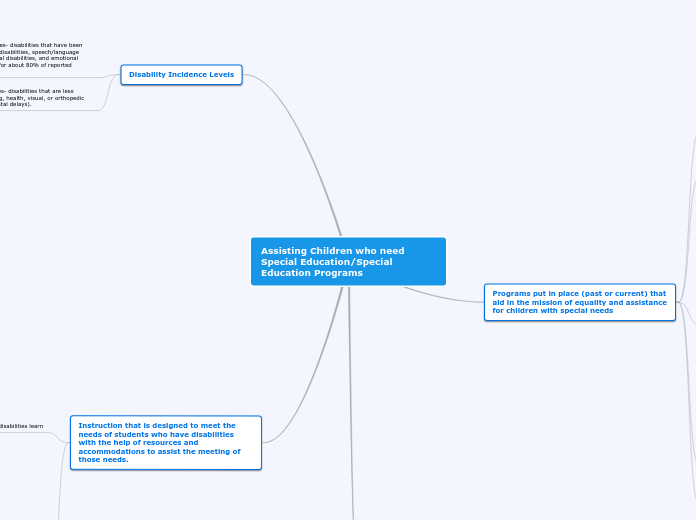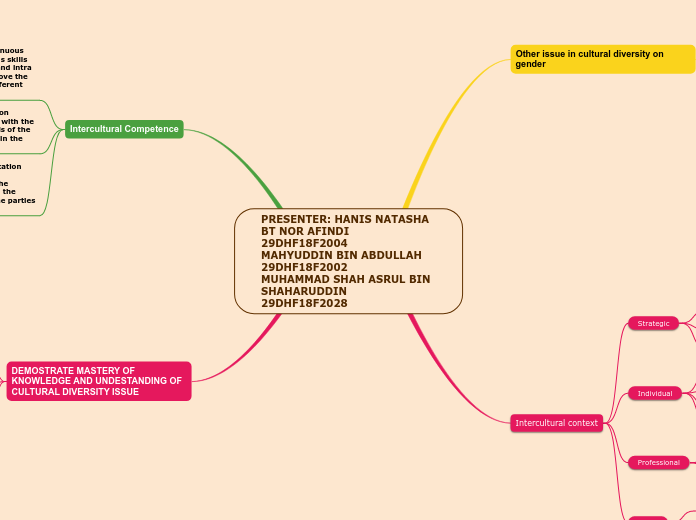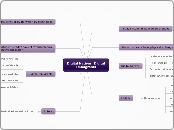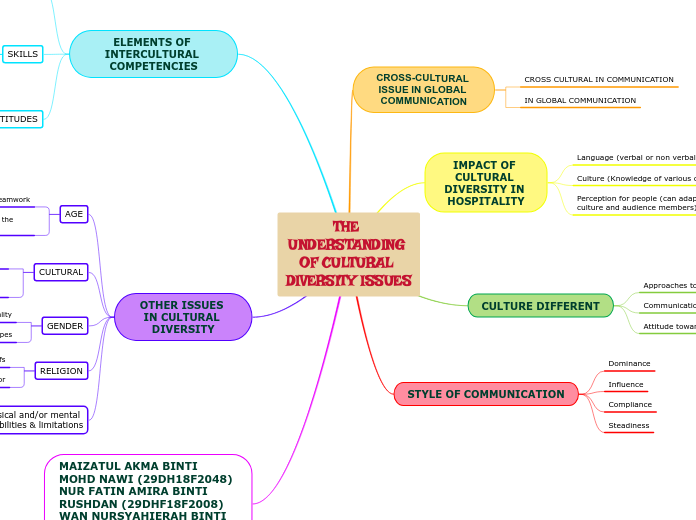Assisting Children who need Special Education/Special Education Programs
Instruction that is designed to meet the needs of students who have disabilities with the help of resources and accommodations to assist the meeting of those needs.
A large part of the role of the teacher in teaching children with special needs is CREATING AN ENVIRONMENT that will facilitate learning and growth for each individual child.
Different modes of helping children with disabilities learn
• Supplementary aids and services- supports that help students with disabilities to participate in general education, extracurricular activities, and other school settings (for example more time to take a test or simplified assignments)
• Specially designed instruction- instruction that is changed and adapted to meet the needs of an individual. It is monitored and documented to help the child progress in his/her communication, social interaction, and functional, and (in addition to) academic skills.
• Related services- assistance beyond academic instruction that enables students to benefit from special education (for example speech therapy).
• Mainstreaming- this is putting students with disabilities in the general education setting when they are able to meet the standards/expectations of that setting without assistance. Similar to inclusion.
• Inclusive practices- include physical, social and instructional integration into environments with children without disabilities. The student would stay in this environment until it is absolutely necessary to take them out of it.
Creating an environment that has children with and without disabilities can make such a big difference in the progress made by the children with special needs.
• Modifications- what the child learns (normally some material is removed) Usually only students with significant intellectual disabilities require modifications
• Accommodations- changes in how the student learns key curriculum (for example being assigned less math problems)
• Evidence-based practice- modes of instruction that are proven by research to improve the learning outcomes of students
• Cross-categorical approach- a way of instruction in which the needs of the student and not their disabilities are used to plan and deliver information for the most beneficial learning of the student
I love this idea of creating a plan and teach to a child's need instead of to their disability.
• Functional curriculum- a curriculum style that is centered in teaching real-life skills that are needed for adulthood
Disability Incidence Levels
• Low-incidence disabilities- disabilities that are less common (for example hearing, health, visual, or orthopedic impairments and developmental delays).
• High-incidence disabilities- disabilities that have been identified the most (learning disabilities, speech/language impairments, slight intellectual disabilities, and emotional disturbance). These account for about 80% of reported disabilities.
Every disability is different and within each child it manifests itself differently. This is why things like MTSS are so important as it will help the educators to place the child in a program that will be most beneficial to their learning and development.
How to evaluate children to know if they need Special Education
• Multi-tiered system of support (MTSS)- the process by which a student is evaluated for the need of special education. The main principles are universal screening, evidence-based instruction, fidelity of implementation, tiered instruction with increasing intensity, progress monitoring, and data based decision making.
I love that there are many different levels in the evaluation which I think would help evaluators to learn how to best help the individual child that they are evaluating instead of just understanding the disability.
Programs put in place (past or current) that aid in the mission of equality and assistance for children with special needs
• Section 504- prevents discrimination against all individuals with disabilities who are involved in programs that are receiving federal funds (such as a public school). It also ensures full opportunity for participation in school activities.
• P.L. 94-142- Education for all Handicapped Children Act. This was the first special education law that we see today from IDEA that incorporate the rights of students with disabilities.
• Individuals with Disabilities Education- Federal Special Education Law: describes categories of disabilities and outlines eligibility. It establishes procedures for students who need special education and outlines the rights of the parents.
6 core principles that have stayed consistent throughout all the changes to the program
• Free appropriate public education (FAPE)- One of the six core principles of IDEA. Says that students with disabilities are entitled to attend public schools with the needed services to help them learn at no cost to the parents
• Individualized education program (IEP)- One of the six core principles of IDEA. There will be a personalized plan assigned to the child that is written by professionals and the parents of the student.
• Least restrictive environment (LRE)- One of the six core principles of IDEA. Says that children with disabilities will have access to their typically developing peers if that is the best environment for them to learn in- also that they will be in a separate classroom than typically developing peers if that is what is best for them, or a combination.
All of these are important for the benefit of the child by adding a level of equality that children with disabilities haven't seen before in history. This is very meaningful since this is a time where equality is something that is frequently talked about so it is nice to see that this reaches past gender and race out to people with disabilities.
• Nondiscriminatory evaluation- One of the six core principles of IDEA. Students will be evaluated with tools that are nondiscriminatory and they must be tested by a professional, multidisciplinary team- not one test can be used to decide that a student needs special education.
• Zero reject/child find- One of the six core principles of IDEA. no student can be rejected from receiving public education because of a disability. A school also cannot reject a child with a communicable disease.
• Improvement Act (IDEA)- The current federal special education law
• Elementary and Secondary Education Act of 1965 (ESEA)- Makes sure that all students, including those in poverty, have access to high-quality education. Also known as the No Child left behind act. Raised the academic standards and assessment requirements.
• No Child Left Behind Act of 2001 (NCLB)
• Americans with Disabilities Act (ADA)- 1990, George W. Bush. Protects individuals with disabilities from being discriminated against and ensures that most employers will make accommodations for those with special needs.









